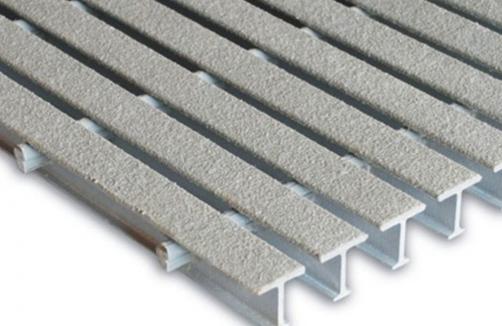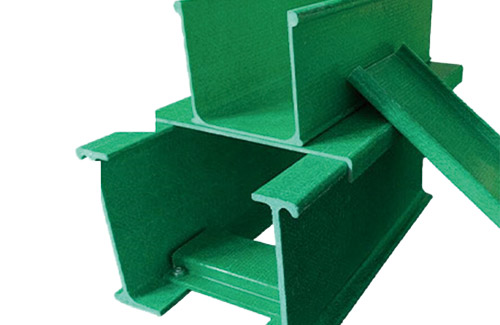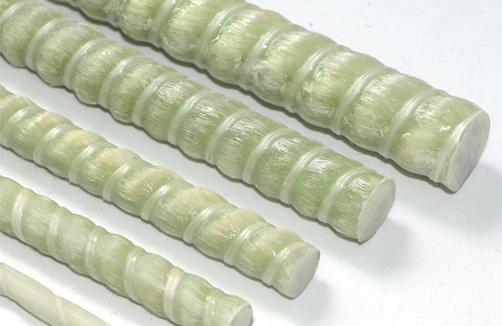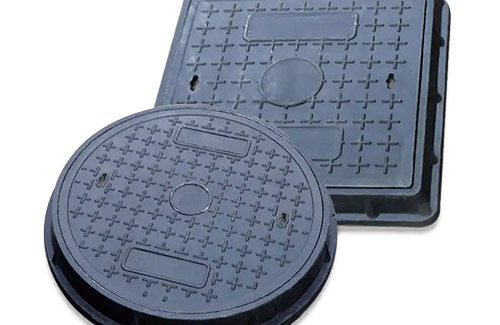Fiberglass grating is a semi-rigid product made of alkali free fiberglass mesh as the substrate and coated on the surface. It is a new and excellent geotechnical substrate that enhances the function of road surfaces.
The fiberglass grating is woven by interweaving glass fibers and molded with resin casting as a whole.
1. The full infiltration of fiberglass interwoven textiles and resins maximizes the corrosion resistance of the grille.
2. The overall structure of the grid distributes the load evenly, which helps to ensure the uniform stress distribution of the grid equipment and its supporting structure.
3. The glossy surface and sloping surface of the grille give it a self-cleaning effect.
4. The concave surface of the grille provides anti slip function, and the sanding surface has better anti slip effect.
The main component of glass fiber is silicate, which is a material with extremely stable physical and chemical functions. It has high heat resistance and excellent cold resistance (generally operating at temperatures between -100-280 ℃), high strength, high modulus, good chemical stability, corrosion resistance, low coefficient of expansion, and good standard stability. After surface modification and coating treatment, the surface function of glass fiber was changed, its composite function with asphalt was improved, and the wear resistance and shear resistance of the substrate were greatly improved.
1) High tensile strength and low elongation - Fiberglass grating is made of fiberglass, which has a higher strength than other fibers and metals. It has a high modulus and high resistance to deformation, with a cracking elongation of less than 3%.
2) No long-term creep - As a reinforcing material, fiberglass grating has the ability to resist deformation under long-term loads, which is extremely important in terms of creep resistance. Fiberglass does not undergo creep, ensuring that the product can maintain its function for a long time.
3) Thermal Stability - The melting temperature of fiberglass is above 1000 ℃, which ensures the thermal stability of the fiberglass grating during paving operations.
4) Compatibility with asphalt mixture - The material coated with fiberglass grating in the post-treatment process is planned for asphalt mixture, and each fiber is fully coated, which has high compatibility with asphalt and ensures that the fiberglass grating does not block the asphalt mixture in the asphalt layer, but solidly combines with it.
5) Physical and chemical stability - After being coated with special post-treatment agents, fiberglass geogrids can resist various physical wear, chemical corrosion, biological corrosion, and climate change, ensuring their functionality is not affected.
6) Aggregate interlocking and restraint - because fiberglass grating is a mesh structure, aggregates in asphalt concrete can penetrate through it, forming mechanical interlocking. This constraint hinders the movement of aggregates, allowing asphalt mixtures to achieve better compaction, higher load-bearing capacity, better load transfer function, and smaller deformation under load.








